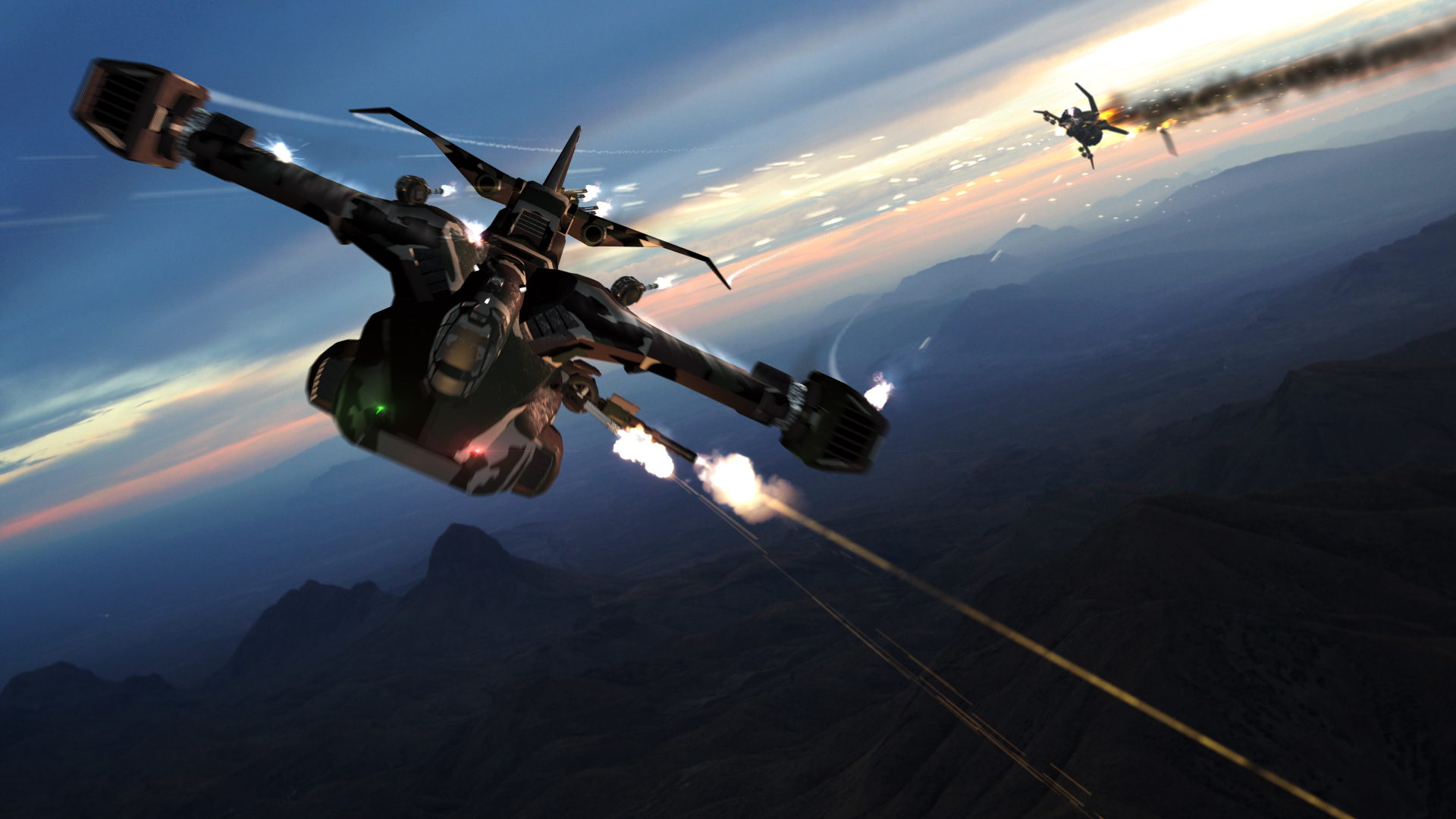
/arc-anglerfish-arc2-prod-mco.s3.amazonaws.com/public/SHHFYT4NERAR3JLC7LOJV6LJTE.jpg)
The enemy attack was repelled, and Trong received an air medal for his skill and determination. Twice after the ordnance load was expended he returned to base, rearmed, and went back into the air. Even as the pilot did so, he kept his own plane in the fight, paying out his ammunition load three times during the night for a total of 63,000 rounds expended. He directed the aircraft on their bombing runs and coordinated their actions.

Tong acted as an air controller for the waves of arriving U.S. Each one was ready to drop a deadly payload. Sometimes the rounds ricocheted, flying into the air like sparks from a giant welder. Tracers leapt from the six-barreled weapons so fast it seemed as if hoses were dispensing luminous water over the battlefield. His targets identified, Tong and his crew opened fire with their three 7.62mm miniguns. Flares dropped from the circling aircraft, illuminating the torn ground below. South Vietnamese Captain Huynh Van Tong appeared in the skies over the battle at the controls of an AC-47 gunship. But before the communists could attain their victory, help arrived for the beleaguered defenders. Quickly the base was in danger of being overrun. Viet Cong and North Vietnamese Army troops had attacked, showering the small base with mortar and machine-gun fire. The night of October 17, 1969, was a harrowing one for the South Vietnamese soldiers at Phung Hiep Army outpost.


 0 kommentar(er)
0 kommentar(er)
